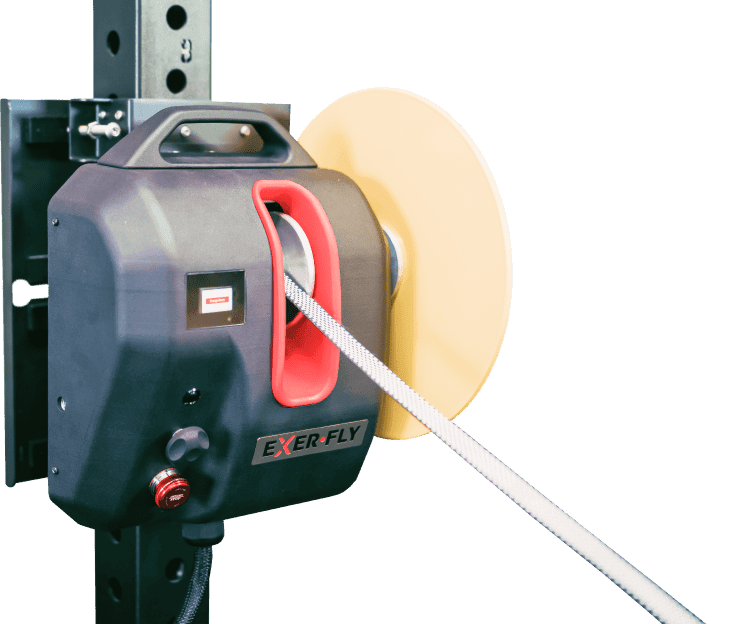
Training Effectiveness of the Inertial Training and Measurement System
Introduction
The role of muscle strength during sports activities is quintessential, along with the velocity of movements, as it determines the level of power. A key consideration for the long-term development of an athlete's maximal power is the integration of numerous power training techniques, such as inertial training, which can complement or be an alternative to other training methods.
Inertial training is performed with a specific flywheel training device that utilizes inertial resistance, where the load is accelerated during concentric contractions and decelerated during the eccentric contraction.
This study evaluated the efficacy of inertial training with different external loads (0kg, 5kg, and 10kg) using the Inertial Training and Measurement System (ITMS).
What They Did
- 46 male P.E. students were randomly divided into three training groups and a control group (CON).
- The training groups performed inertial training with three different loads three times weekly for four weeks.
- The T0 group used only the mass of the ITMS flywheel (19.4 kg)
- The T5 and T10 groups had an additional 5 and 10 kg on the flywheel.
Each training session included three exercise sets involving the shoulder joint adductors. Before and after training, the maximal torque and power were measured on an isokinetic dynamometer during adduction of the shoulder joint, and the electromyography activity of the pectoralis major muscle was recorded.
Training was performed with a newly developed device - the Inertial Training and Measurement System (ITMS), which was designed and constructed by an inter-university group from the Faculty of Physical Culture in Gorzow Wielkopolski (department of the University School of Physical Education in Poznan) and the Faculty of Mechanics University of Zielona Gora.
This device consists of a steel frame attached to the ground with an inertial wheel (flywheel) placed inside. The radius of the flywheel is 506 mm. A rope is mounted on the circumference of the wheel.
What They Found
Results of the study indicate that ITMS training induced a significant increase in maximal muscle torque in the T0, T5, and T10 groups (15.5%, 13.0%, and 14.0% respectively). In addition, ITMS training caused a significant increase in power in the T0, T5, and T10 groups (16.6%, 19.5%, and 14.5% respectively).
Electromyography activity of the pectoralis major muscle increased only in the T0 group after four weeks of training. Using the ITMS device in specific workouts increased shoulder adduction torque and power in physical education students.
Practical Application
The results of this study also suggest that ITMS training is highly effective in power improvement, which is essential for athletic performance.
Reference






